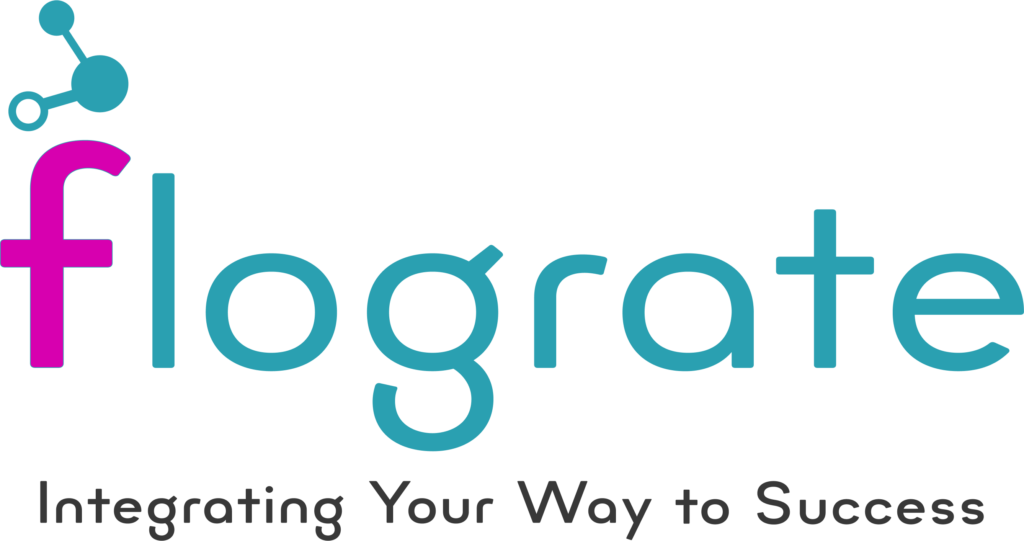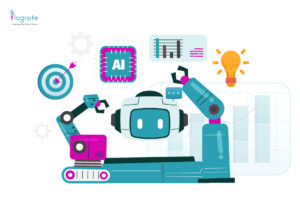Introduction to FHIR and AI in Healthcare
In the constantly changing world of healthcare technology, Fast Healthcare Interoperability Resources (FHIR) and Artificial Intelligence (AI) are essential in streamlining healthcare processes and improving patient care.
FHIR, a standard created by Health Level Seven International (HL7), facilitates smooth data exchange between various healthcare systems.
When paired with AI, it opens up opportunities for enhanced automation, improved decision-making, and predictive analytics, revolutionizing the healthcare sector.
Understanding FHIR: The Backbone of Interoperability
FHIR aims to simplify data sharing in healthcare by utilizing modern web technologies such as RESTful APIs, JSON, and XML, which enhance efficiency and accessibility.
The primary advantages of FHIR include standardized data exchange, which ensures interoperability across various Electronic Health Records (EHRs).
Its scalability and flexibility allow it to adapt to different healthcare environments, while enhanced security measures enforce strict access controls to protect patient information.
Additionally, FHIR enables faster implementation, facilitating the rapid adoption of health IT solutions and streamlining healthcare processes.
Artificial Intelligence: The Key Catalyst in Healthcare Automation
AI is transforming healthcare automation through the use of machine learning, natural language processing (NLP), and predictive analytics. Key applications of AI in healthcare encompass:
- Clinical Decision Support: AI-driven tools provide real-time recommendations for diagnoses and treatments.
- Predictive Analytics: AI models analyze patient data to predict disease outbreaks and potential complications.
- Automated Documentation: NLP-powered systems reduce physician workload by transcribing and summarizing clinical notes.
- Medical Image Analysis: AI algorithms detect abnormalities in radiology and pathology images with high accuracy.
- Virtual Health Assistants: AI chatbots assist patients with appointments, medication reminders, and health queries.
FHIR and AI: A Powerful Combination for Healthcare Automation
Integrating FHIR with AI improves healthcare automation by allowing for smooth data sharing, immediate decision-making, and insightful predictions. The key advantages of this integration include:
1. Efficient Patient Data Management
FHIR’s structured data format enables efficient processing of patient records, lab results, and imaging reports by AI. With AI-driven analytics, patterns in medical history can be identified, facilitating early intervention and the development of personalized treatment plans.
2. Enhanced Interoperability
FHIR connects different healthcare systems, enabling AI-driven tools to access real-time patient information. This results in quicker and more precise diagnoses, ultimately enhancing patient outcomes.
3. Predictive Analytics for Disease Prevention
AI models trained on FHIR datasets have the ability to predict disease progression by analyzing historical patient data. This skill is essential for effectively managing chronic diseases such as diabetes, cardiovascular issues, and cancer.
4. AI-Powered Clinical Decision Support Systems (CDSS)
CDSS platforms utilize AI to examine FHIR data and offer evidence-based recommendations. This minimizes diagnostic errors and improves clinical workflows, ultimately resulting in better patient care.
5. Automated Claims Processing and Billing
The integration of AI and FHIR simplifies medical billing and insurance claims by automating the processes of data validation and fraud detection. This not only lessens the administrative workload but also speeds up payment processing.
6. Remote Patient Monitoring and Telehealth
FHIR enables the seamless integration of AI-driven wearables and IoT devices, allowing for ongoing patient monitoring. This approach supports remote care models, minimizes hospital visits, and improves the management of chronic diseases.
Challenges in Implementing FHIR and AI for Healthcare Automation
While FHIR and AI hold great promise, their integration comes with a number of challenges. A significant issue is the need for data privacy and security, as it is essential to comply with regulations such as HIPAA, GDPR, and other standards to protect patient information.
Another challenge is the issue of data standardization, as differences in EHR formats and older systems can obstruct the smooth integration of new technologies.
The substantial costs involved in implementing AI-driven healthcare solutions necessitate a considerable investment.
There is often resistance to change within the healthcare sector, as professionals may hesitate to embrace new AI-driven workflows that could disrupt their established practices.
Future of FHIR and AI in Healthcare Automation
The future of FHIR and AI in healthcare appears bright, with ongoing advancements in blockchain, federated learning, and robotic process automation (RPA) improving interoperability and making automation more efficient.
A significant trend is the use of AI in personalized medicine, which customizes treatments according to patients’ genetic backgrounds and lifestyle choices.
Additionally, blockchain technology is crucial for protecting patient data and promoting transparency in data sharing.
Federated learning allows AI models to be trained on decentralized datasets, ensuring that data privacy is maintained.
Moreover, AI-driven drug discovery is speeding up the creation of new treatments and therapies, offering hope for more effective healthcare solutions.
Conclusion
FHIR and AI are transforming healthcare automation, providing unmatched efficiency, accuracy, and a focus on patient care. As these technologies gain traction, it is essential for healthcare providers, tech companies, and policymakers to work together to tackle challenges and foster innovation.


